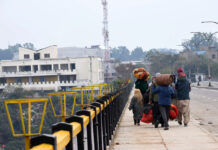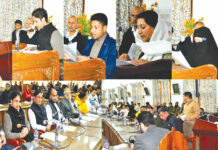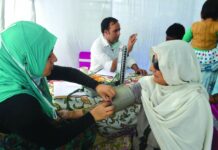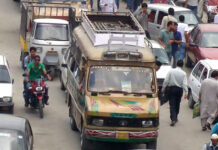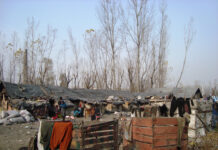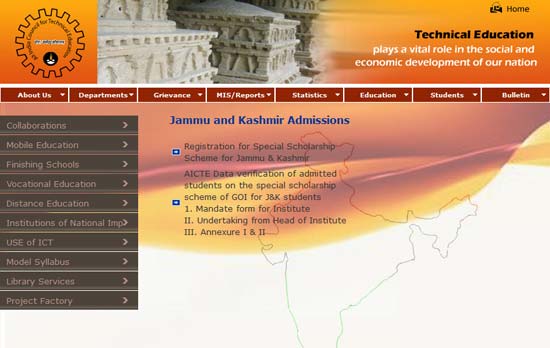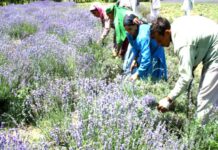The household commodities in J&K are costlier as it has higher inflation than other states. Inam ul Haq reports
Inflation in Jammu and Kashmir remained above 10 per cent, much higher than Indian average of 7.6 per cent in January according to the new Consumer Price Index (CPI) released by the Central Statistics Office this week.
Inflation – the general increase in prices and fall in the purchasing value of money – was highest, for fuel and lighting, in the state in January, a 19% increase over that of last year, for the same period. While the price for clothing, bedding and footwear rose 16.5 percent during the same period, the prices of food and beverages increased by 7.35 % a little below than Indian average.
Nisar Ali, professor of economics and an expert of Kashmir economy, said the difference in inflation between the national average and Jammu and Kashmir is due to higher cost of transportation, import of more than 90 per cent of commodities consumed, and higher cost of living in the state.
“The goods and fuel imported in state, particularly in valley, come by road instead of railways and pipelines, which makes it costlier than rest of India,” said Ali.
The price disparity in fuel and lighting was wider between rural and urban areas, 21% and 16% respectively. The rural-urban price disparity in areas for food and beverages, and clothing, bedding and footwear was found to be minimal.
“Kashmir is a landlocked place with minimum means of transportation, which increases the cost of living. In fact the only road link to valley remains closed due to snow and landslides in January inflating the prices,” said Ali. “In winters, due to harsh cold, goods in our consumption basket also rise due to increase in fuel and energy use. We need fuel for heating, warm clothes and other things to protect ourselves, which shoots up the prices.”
Inflation at all India level in rural areas was up at 7.38% and in urban areas was at 8.25%. Price hike for food basket was moderate, 4.11%, mainly due to downfall of prices in vegetables and farm produce. The price index for vegetables was in negative (minus 25%) where as cereals and prices increased by a mere 2.5%. Fuel and lighting prices increased 13% and clothing, bedding and footwear prices rose by 14 percent.
The CPI based inflation calculation was introduced in India from January 2011 with indices of 100 from the base year of 2010. The monthly CPI will be available for rural, urban, all India and state-wise, which economists believe will be benchmark indicator of which-way prices are headed and how it affects the people.
The monthly price data for new index is collected from 11 towns and 28 villages with 28 quotations each throughout Jammu and Kashmir. At all India level price data is collected from 310 towns 1181 villages.
The year-on-year inflation rate based on CPI, like rest of the world, was released for the first time for the month of January. Earlier the inflation rate would be gauged by wholesale price index in India. However, economists questioned inflation calculations based on the WPI saying it was not reflective of the consumption patterns of all segments of population.
The CPI measures changes over time in general level of prices of goods and services that households consume. The CPI numbers are worldwide used as a microeconomic indicator of inflation, as a tool by governments and central banks for targeting inflation and for monitoring price stability. CPI is also used to decide the dearness allowance given to employees.
CPI is formulated by measuring the share of each item considered in the total consumption pattern and price data collected at regular levels.
The data and prices are collected from selected towns by the field operations division of National Sample Survey Organisation and from selected villages by the department of post.
The basket of goods and services mostly consumed have been divided into five major groups: Food, beverages and tobacco; Fuel and light; Clothing, bedding and footwear, and Miscellaneous.


